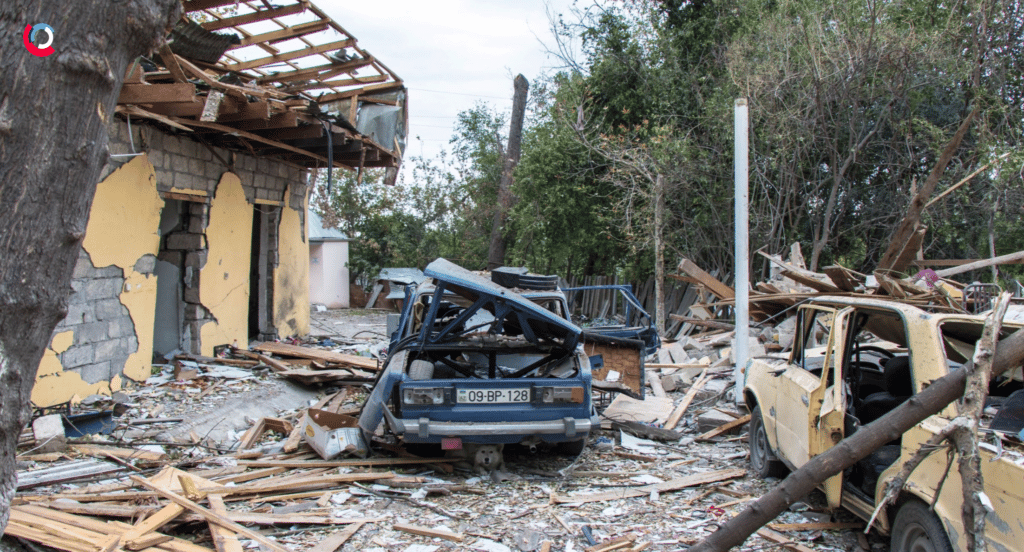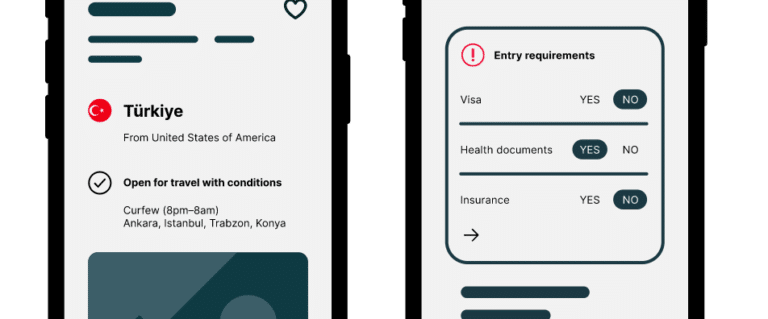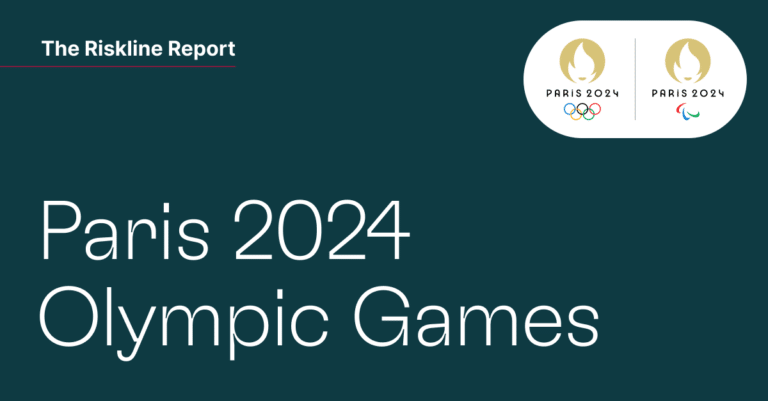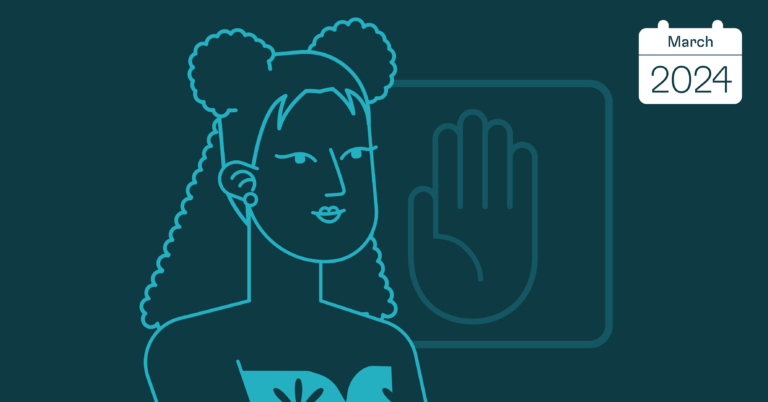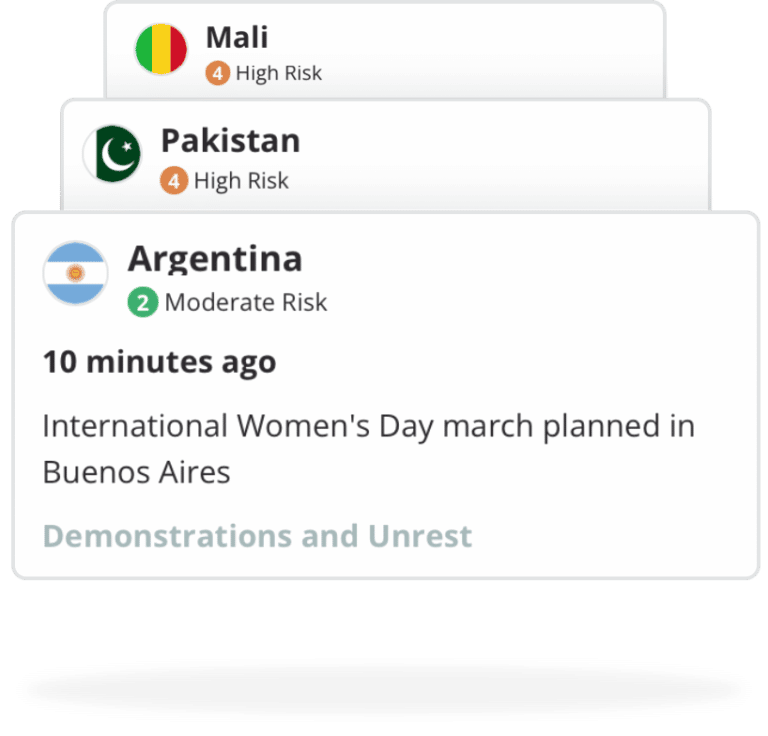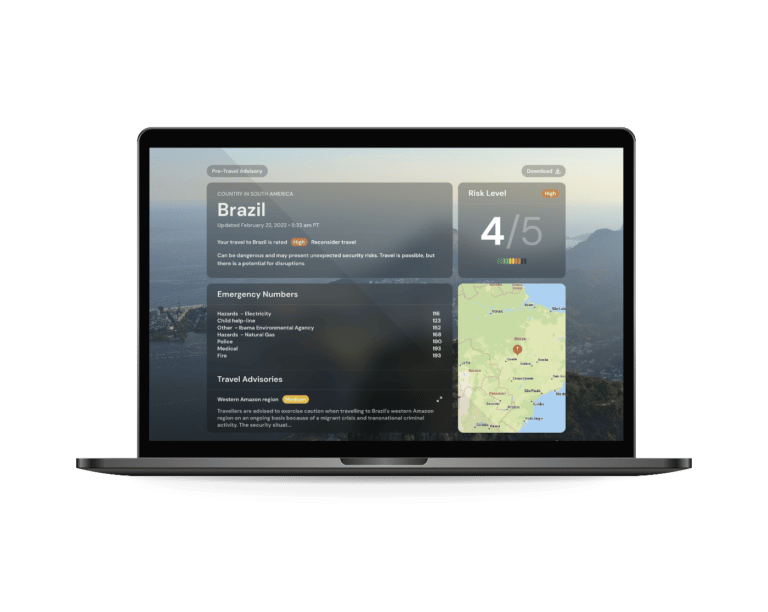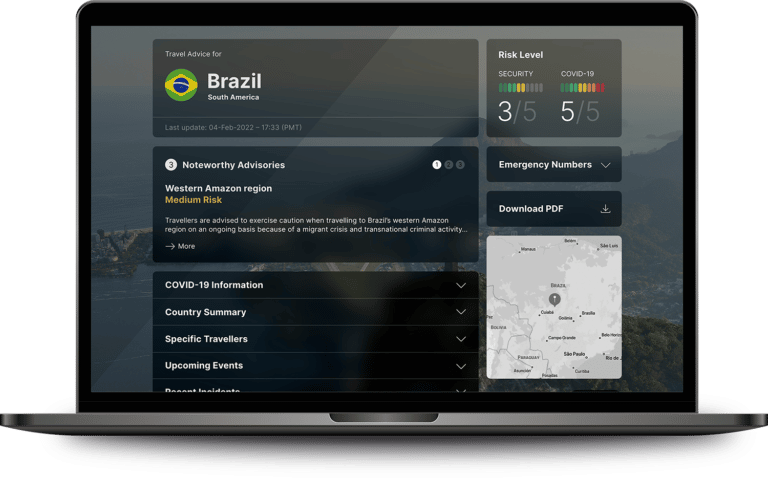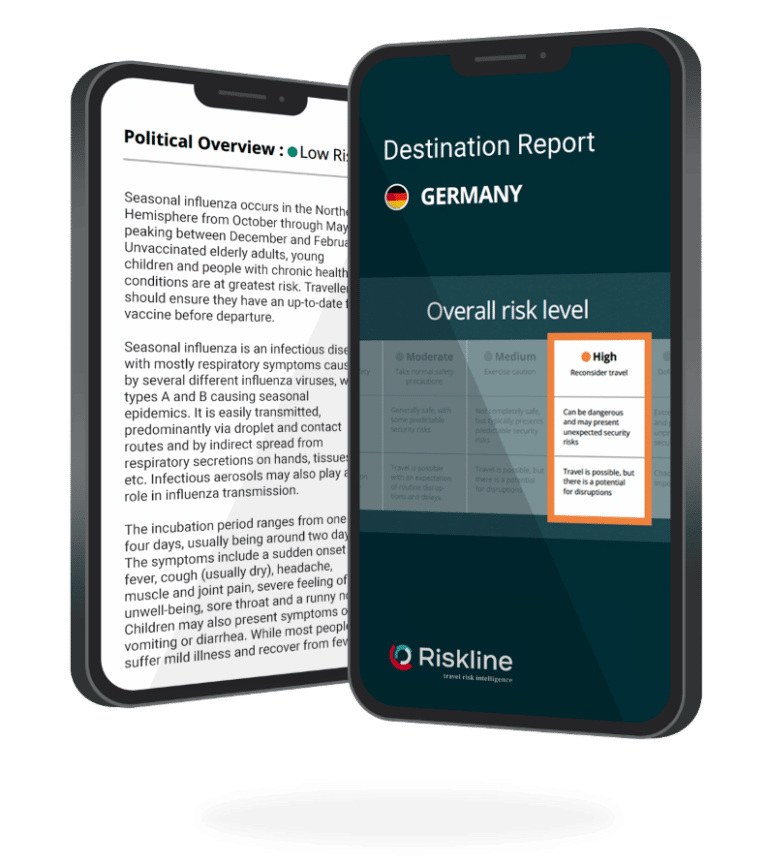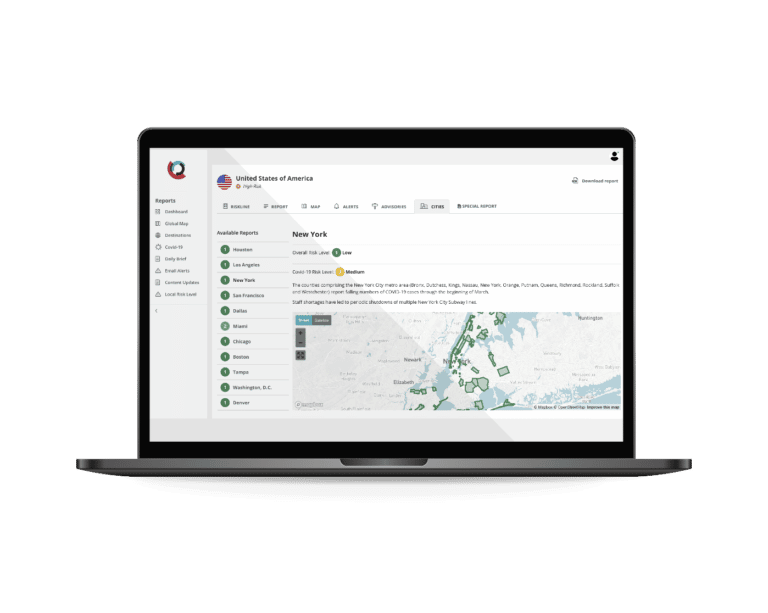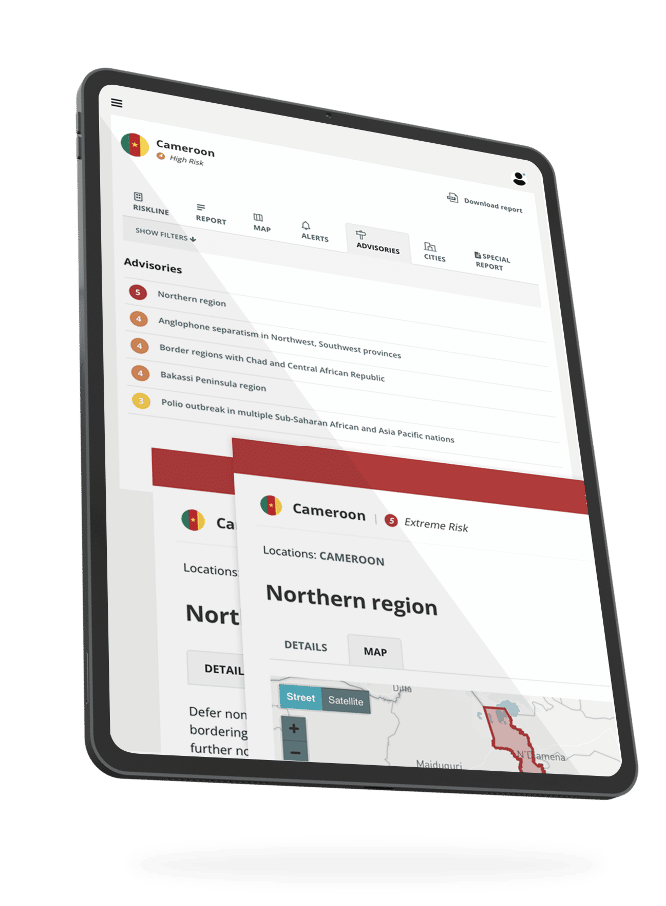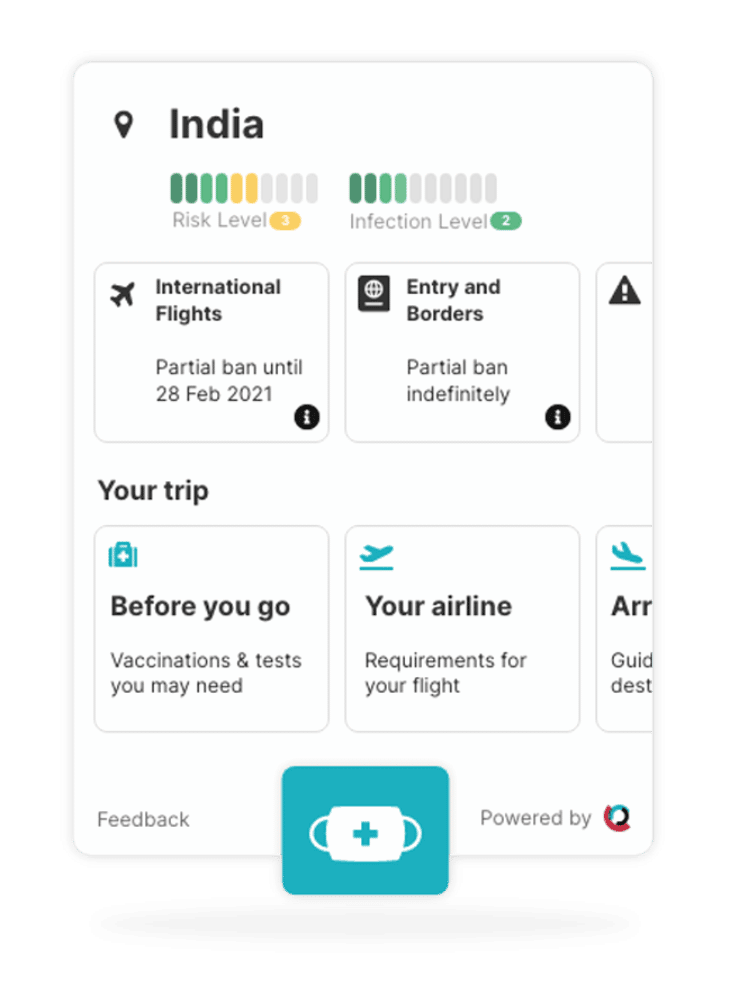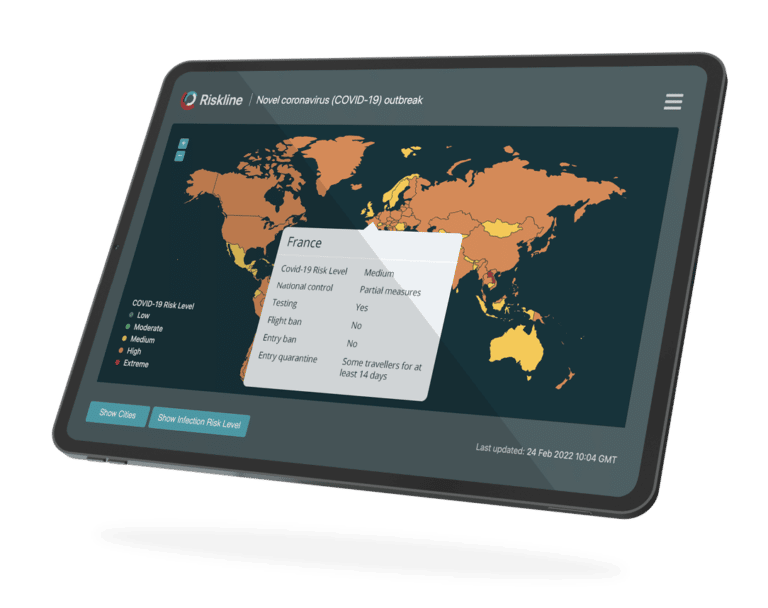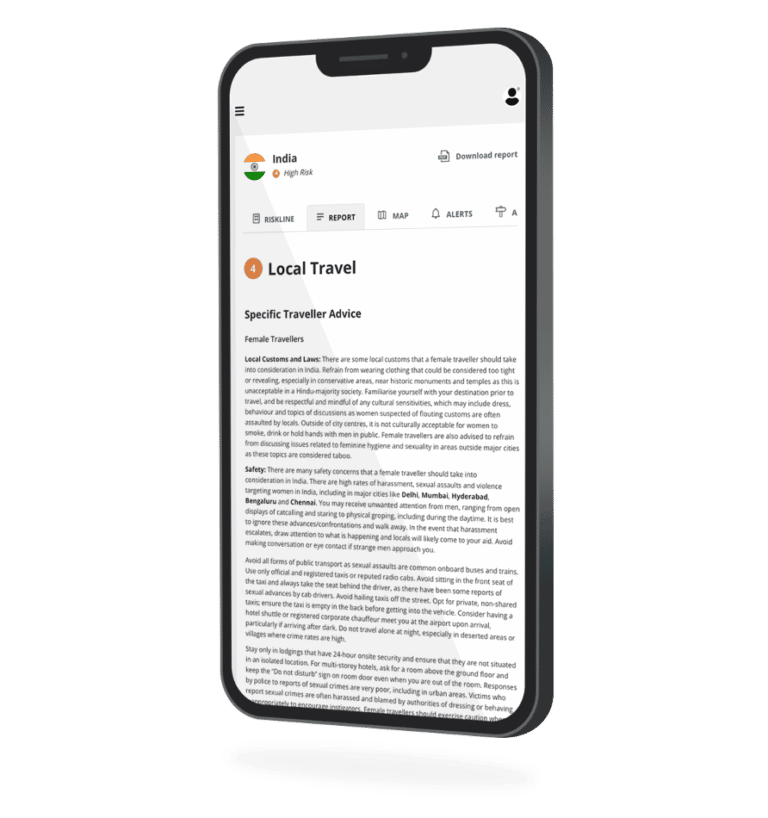By Aidana Arynbek
Introduction
Overnight on 12-13 September, gunfire broke out along the Armenia-Azerbaijan border, including Armenia’s Syunik, Gegharkunik, and Vayots Dzor provinces, as well as Azerbaijan’s Dashkasan, Kalbajar and Lachin districts. Both sides blamed each other for starting the fresh cross-border shelling, which was significant in that Azerbaijani forces shelled targets within Armenia proper and not the disputed Nagorno-Karabakh region, which is internationally recognised as part of Azerbaijan but de facto governed by the unrecognised Armenian-backed Republic of Artsakh. These latest incidents happened following unsuccessful peace talks between Azerbaijani President Ilham Aliyev and Armenian Prime Minister Nikol Pashinyan in Brussels on 31 August. Azerbaijan officials announced that at least 79 Azerbaijani soldiers were killed while Armenian officials reported 135 civilian and military fatalities; a new ceasefire agreement was signed between the two countries on 15 September.
Armenians and Azerbaijanis first clashed over control of the region during the 1988-1994 Nagorno-Karabakh War, an escalating series of inter-communal massacres that exploded into open warfare by 1991. Following the collapse of the Soviet Union, the Republic of Artsakh formally declared its independence from Azerbaijan in 1992. Mediation efforts to resolve the conflict have failed to prevent further hostilities since the 1994 ceasefire that affirmed the Republic’s de facto control of approximately 15 percent of pre-war Azerbaijani territory. As a result of the 2020 Nagorno-Karabakh War, however, the Artsakh and Armenian militaries both suffered severe losses and the Republic lost control of approximately three-quarters of its claimed territory. The September clashes were the largest outbreak of violence since the six-week conflict during which at least 6,600 people were killed and thousands more displaced.
The Russian invasion of Ukraine created an opportunity for Azerbaijan
Russia was the primary mediator of the 2020 conflict, deploying around 1,960 peacekeepers to the region as part of a new ceasefire agreement. Armenia is a member of the Russia-led Collective Security Treaty Organization (CSTO), which must ensure the national security of its member states, but none of them has come to Armenia’s defence. During the recent clashes, Armenia requested military and political support from the CSTO but Russia did not respond to this request. While CSTO troops were sent to member state Kazakhstan to put down anti-government riots in early January, the CSTO’s non-response to the recent flare-ups in Nagorno-Karabakh has made the Armenian public increasingly skeptical about the CSTO’s willingness to act as a security guarantor. Since the most recent ceasefire, nationalist groups have begun to organise large rallies to press the Armenian government to leave the CSTO and seek security guarantees from Western countries.
While Russia had always attempted to maintain favourable relations with Azerbaijan at the same time it maintained a formal treaty relationship with Armenia, the ongoing Russian invasion of Ukraine has created an opportunity for Azerbaijan to seek further gains at the Republic’s expense. Since the beginning of that invasion in February, Azerbaijani forces have repeatedly crossed the ceasefire line and waged a campaign of intimidation and blockades to drive residents from the region without any real pushback from Russia. Russian peacekeepers are even being reassigned from missions abroad to redeploy in Ukraine, prompting fears among Armenian officials that Azerbaijan will continue to take territory, knowing that the Russian military is too preoccupied elsewhere to respond. Unlike Armenia, Azerbaijan can count on significant support from its own ally and patron, Turkey. Armenian officials resent that Russian defense industries are reluctant to negotiate new arms sales with them to replace the large quantities of military equipment destroyed by Azerbaijan’s advanced drones and artillery systems since 2020.
While Azerbaijan demands that Armenia recognise its territorial integrity, confirm the absence of territorial claims, refrain from threats, delimitation and demarcation of the Armenia-Azerbaijan border and open transport communication, Armenia has not accepted these claims yet. Thousands of activists staged a protest outside Parliament in Yerevan and in the Artsakh capital of Stepanakert (Khankendi) on 14 September against Prime Minister Pashinyan to demand that he not make any concessions in order to reach a peace deal with Azerbaijan. Sensing the collapse of Russia’s image and capabilities in the region, the United States (US) and its security partner see an opportunity to act as mediators, helping to broker the latest ceasefire and arranging a high-level Congressional delegation to go to Yerevan thereafter. Such a realignment, though, cannot happen overnight and so poses little threat to Azerbaijan’s military plans in the near- or medium-terms.
Summary
The Azerbaijan-Armenia peace talks in Brussels raised hope to end the long-standing conflict between the two countries, however, the fresh clashes demonstrated that this diplomatic effort was not enough to end hostilities across the border. Moreover, Azerbaijan’s battlefield success in the 2020 and 2022 conflicts made clear that military action is preferable to diplomacy. Therefore, Azerbaijan is likely to continue putting pressure on Armenia to make concessions while Russia is distracted by its war against Ukraine.
Aidana Arynbek is an APAC and CIS analyst based in Kazakhstan.

